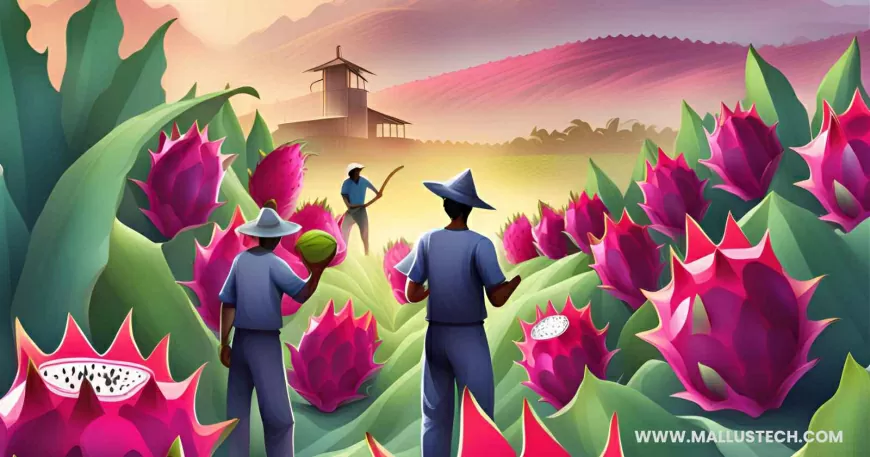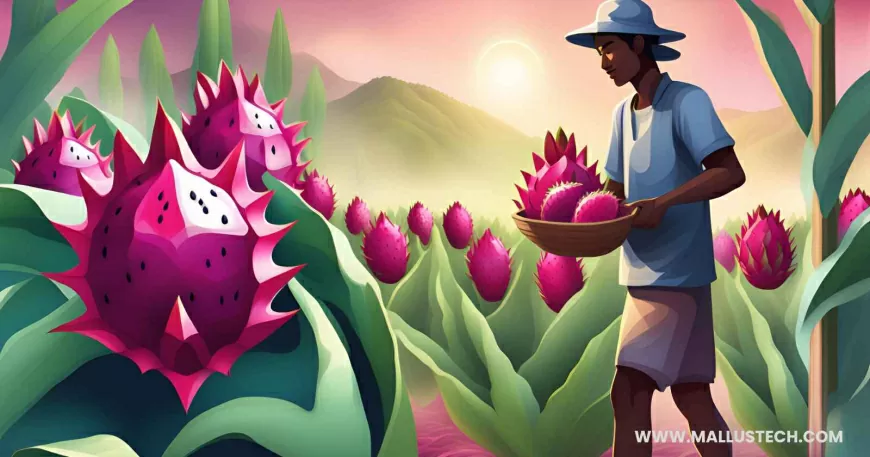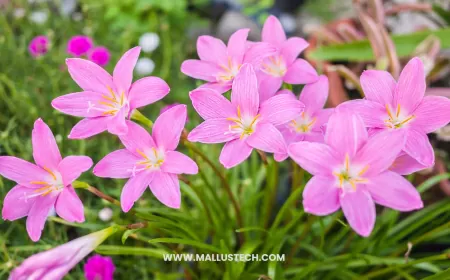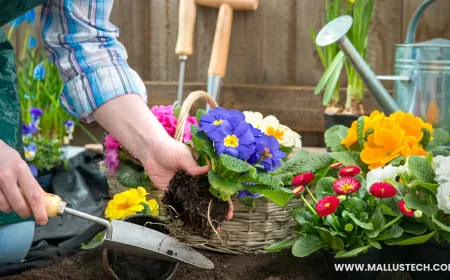Discover the Exotic Dragon Fruit: Cultivation, Benefits, and Market Potentia
Learn about the exotic dragon fruit, its cultivation methods, health benefits, and market potential. Discover how this versatile fruit, rich in antioxidants and vitamins, is grown in tropical regions like India, and explore its uses in various value-added products such as jams, jellies, and juices.

Many foreign fruit varieties are making their mark in our markets, and dragon fruit, belonging to the cactus family, is one such exotic variety.

There are mainly three varieties:
- Red skin with white flesh
- Red skin with red flesh
- Yellow skin with white flesh
Dragon fruit thrives in warm climates, ideally between 20 - 30 degrees Celsius. It needs shade during intense sunlight. Mulching helps protect the roots and promotes growth. Sandy soil rich in organic matter is ideal. As the roots do not go very deep, waterlogging can cause the plant to rot. Therefore, it should be planted in well-drained soil.
Propagation is done by planting 20 cm long stem cuttings in a potting mix. Stem cuttings from disease-resistant and highly productive plants are preferred.
Concrete poles can be used as supports. After installing 6 - 6.5 feet tall support poles, two or three dragon plant cuttings can be planted around each pole. Secure a circular ring at the top, using old tires if necessary. The plants should grow over the support and be trained to cascade down, facilitating better growth. Maintain a distance of seven feet between poles and nine feet between rows.
In addition to organic manure, adequate chemical fertilizers should be used for a good yield. Each pit can hold 10-15 kg of organic manure. Chemical fertilizers should be applied during flowering, fruiting, and after harvesting. Proper irrigation is crucial during flowering, fruiting, and the hot season.
Pests and diseases are minimal, though occasional problems with caterpillars, ants, and slugs can be managed using organic pesticides.
With proper care, harvesting can start in the second year after planting. Buds appear and bloom within 20-25 days. Flowers bloom at night and turn into fruits within 25-30 days. Harvesting should begin 4-5 days after the fruits ripen. Dragon plants can yield up to four times a year.
The primary harvesting season is from July to December. Ripe fruits turn red, and a plant can yield around 8-10 kg of fruits, weighing 300-500 grams. Dragon fruit sells for around 200-250 rupees per kilogram. It can be used to make value-added products like jam, jelly, ice cream, juice, wine, and facial masks.
What's Your Reaction?
 Like
0
Like
0
 Dislike
0
Dislike
0
 Love
0
Love
0
 Funny
0
Funny
0
 Angry
0
Angry
0
 Sad
0
Sad
0
 Wow
0
Wow
0



















